What are the Birthstones for January?
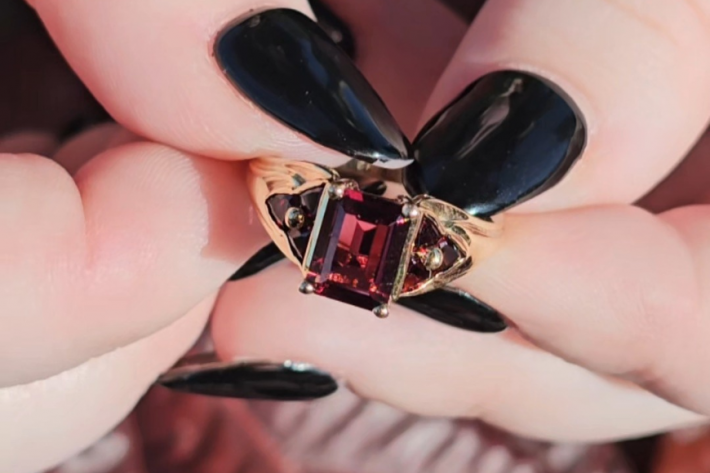
Hello there, gem enthusiasts! What are the birthstones for January? If you’re a January baby, you’re in luck because your birthstones are garnet and rose quartz! This article will explore the traditional birthstone for January – the garnet, as well as a beautiful alternative option, rose quartz.
Whether your birthday belongs to this month or not, there’s something special about owning one of these precious stones, which symbolize truthfulness and friendship as well. So read on to discover more about these January gems- where they come from, their history and lore- all straight ahead!
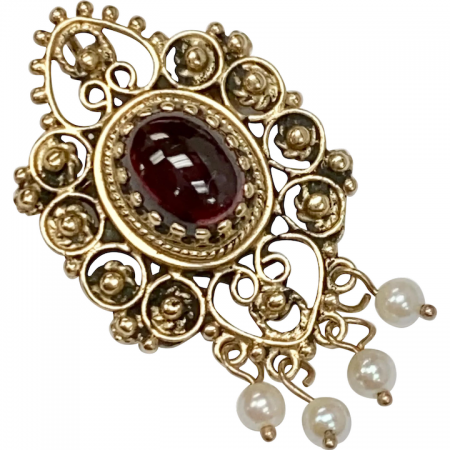
January’s Gemstone – Garnet Benefits
When it comes to January birthdays, there’s one gemstone that reigns supreme: garnet. But don’t let its popularity fool you; this fiery gem has a history as rich as its color.
Garnets Get Lucky in Love
Legend has it that garnet is the gem of love! It is believed that wearing garnet grants the wearer luck in love and relationships 9this includes friendships too). Looking for someheart shaped luck in this area? Trying wearing garnets to set off an aura of adoration!
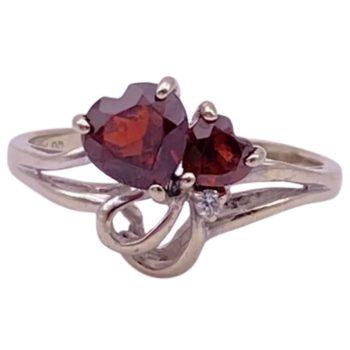
January’s Healing Gem
You know what they say, “Accessorizing is good for your health!” Okay, maybe no one actually says that, but research suggests that certain stones worn as jewelry may provide some health benefits. Take Garnet, for example. This gorgeous stone is thought to promote physical strength and stamina, aid in fighting depression, and even stimulate metabolism.
This belief stemmed from ancient times when Romans wore these red gems into battle, believing they could ward off illnesses such as the plague. We can’t vouch for this power level, but we are sure they looked dazzling with their garnet adornments.
Who knew that a simple piece of jewelry could potentially provide such perks? So, next time someone compliments your garnet necklace, tell them it’s not just a fashion statement – it’s a health statement!
The Different Colors of Garnet Gemstones
Here’s the real question – did you know that garnets come in different colors? From deep red to vibrant green, garnets have a stunning variety, making them a unique choice for any piece of jewelry.
All variations are celebrated for their symbolic representation of love and devotion. So, if you’re looking for a gift that’s as dazzling as your January-born friend, look no further than the stunning garnet.
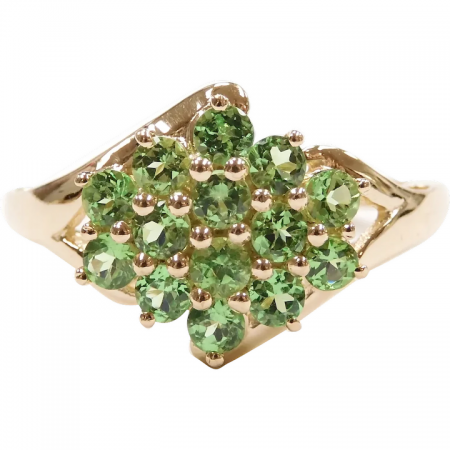
How Rare is Garnet?
How Rare is January’s gemstone? Garnets, as a group of gemstones, are not considered exceptionally rare. Red garnets, particularly almandine and pyrope, are relatively common and widely available. However, the rarity of garnets can vary significantly depending on the specific type and color.
Some varieties, such as demantoid and tsavorite garnets, are much rarer and more valuable due to their unique characteristics and limited supply. Green garnets, in general, are less common than red ones.
Ultimately, the rarity of a garnet depends on factors like its color, clarity, size, and origin.
How to Care for Your Garnet Jewelry
Garnets are relatively durable, but proper care will ensure their longevity. Clean your garnet jewelry regularly with a mild soap and water solution using a soft cloth. Rinse thoroughly and dry gently with a clean, soft cloth. Avoid harsh chemicals, ultrasonic cleaners, and steam cleaning, as these can damage the stone.
Store your garnet jewelry separately from other jewelry pieces in a soft pouch or jewelry box to prevent scratches. Keep it away from extreme temperatures and humidity, as these can affect the stone’s color and clarity.
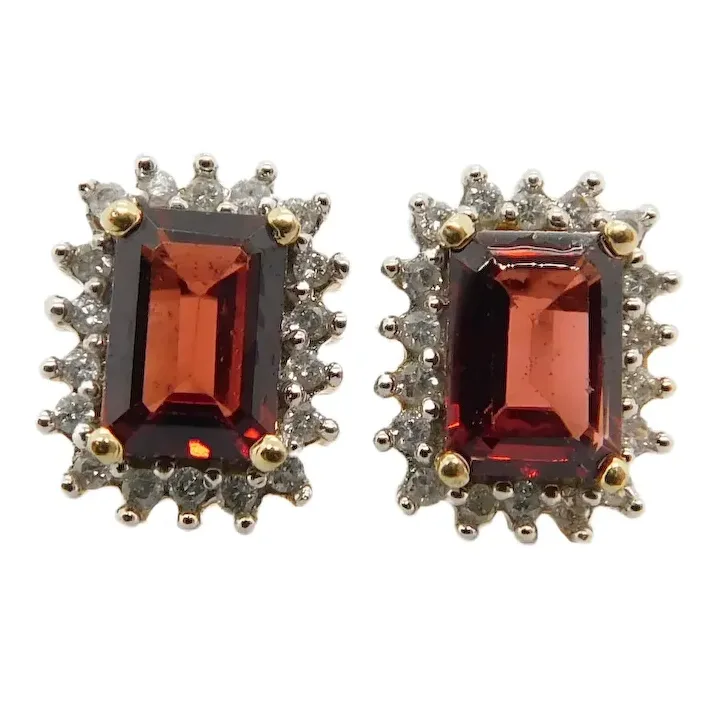
Jewelry Ideas- Can I Wear Garnet All The Time?
Looking to add some bling to your January wardrobe? Look no further than your birthstone month January! Garnet, the fiery red gemstone, is the perfect addition to any jewelry collection. Whether you prefer a statement necklace, garnet rings, bracelets or delicate earrings, these stones make a bold and beautiful statement.
Pair your garnet pieces with a cozy sweater or with a trendy plaid shirt for a chic and effortless look. Due to the variants in color, you can have garnets that match almost anything in your wardrobe, making it a stylish and versatile jewelry staple. So don’t wait until February to show off your jewels; embrace your birthstone and let your style shine all year long!
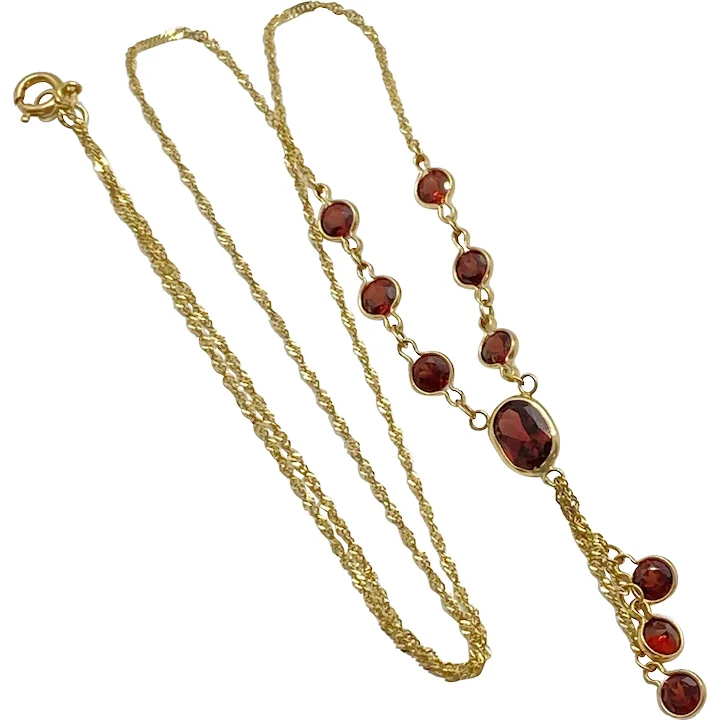
Alternative Birthstone For January – Rose Quartz
Whoever said garnets are a girl’s best friend hasn’t met rose quartz. (Wait! That’s not how the saying goes? Well, it should!) Sure, traditional birthstones are classic and timeless, but why not shake things up and opt for something romantic?
Rose Quartz Benefits & Qualities
Rose Quartz is a captivating gemstone known for its delicate pink hue, which can range from pale rose to a deeper, more vibrant pink.
Its translucent to opaque appearance adds to its ethereal charm. This gentle gemstone often exhibits a silky or satiny luster, further enhancing its soft and inviting nature. While it lacks the brilliance and hardness of some other gemstones, Rose Quartz’s unique beauty and gentle energy make it a highly sought-after crystal for jewelry and decorative purposes.
January’s Alternative Gemstone has Heart
Rose Quartz, often referred to as the “love stone,” is a gentle and nurturing crystal renowned for its association with love, compassion, and self-love.
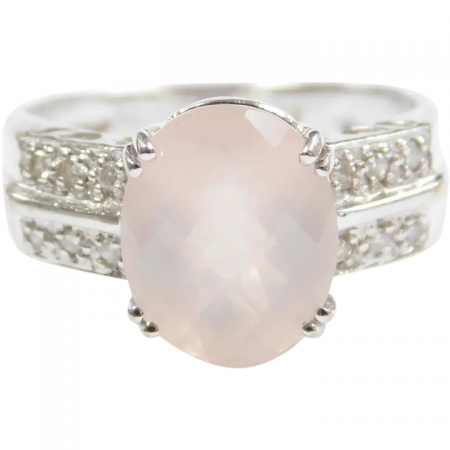
Believed to open the heart chakra, it is said to promote feelings of peace, tranquility, and emotional healing. Rose Quartz is thought to encourage forgiveness, cultivate loving relationships, and foster self-acceptance and self-compassion. By gently opening the heart to love, it is believed to help individuals overcome emotional wounds and cultivate deeper, more fulfilling connections with themselves and others.
Caring for Your Rose Quartz
To preserve the delicate beauty of Rose Quartz, it’s essential to handle it with care. Avoid exposing it to direct sunlight for extended periods, as this can cause fading and discoloration. Cleanse the crystal gently with lukewarm water and a soft cloth. You can also energetically cleanse it by placing it under the moonlight, smudging it with sage, or leaving it to soak in a bowl of selenite.
Whether you’re looking for a unique birthstone to represent your birthday or want to add a pop of color to your jewelry collection, this alternative choice is worth considering. They are fun gemstones that deserve a spotlight for January babies too!
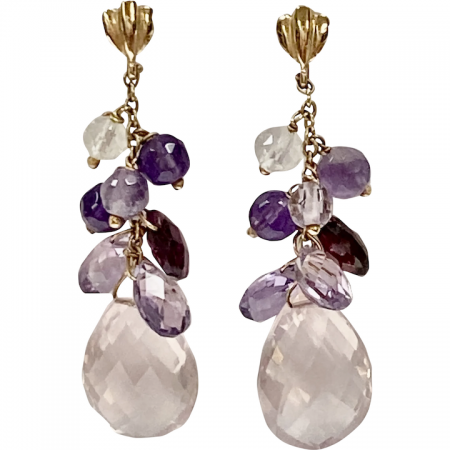
Choosing the Traditional January Birthstone- Garnet
January’s birthstone choices are anything but dull! From the classic garnet to the trendy rose quartz, these birthstones will surely make anyone’s January birthday one to remember. But why settle for just one? Mix and match different birthstones for an even more unique and personalized piece of jewelry.
As we’ve seen, January’s birthstone, the garnet, is definitely one of the most sought-after gems. Its unique history and varied color options make it a stunning choice for any jewelry wearer.
Whether you are buying the classic, traditional shade of red garnet or shopping the unique rose quartz, you can’t go wrong with these beautiful stones. And thanks to some recent studies showing potential health benefits, you may even get an added bonus. So why not give yourself something special and welcome in the New Year with a vibrant garnet piece?
Want a January Birthstone treasure to call your own?
-
Categories:
- Jewelry Trends
- Jewelry Trends & Gift Ideas
- Birthstone Gems
